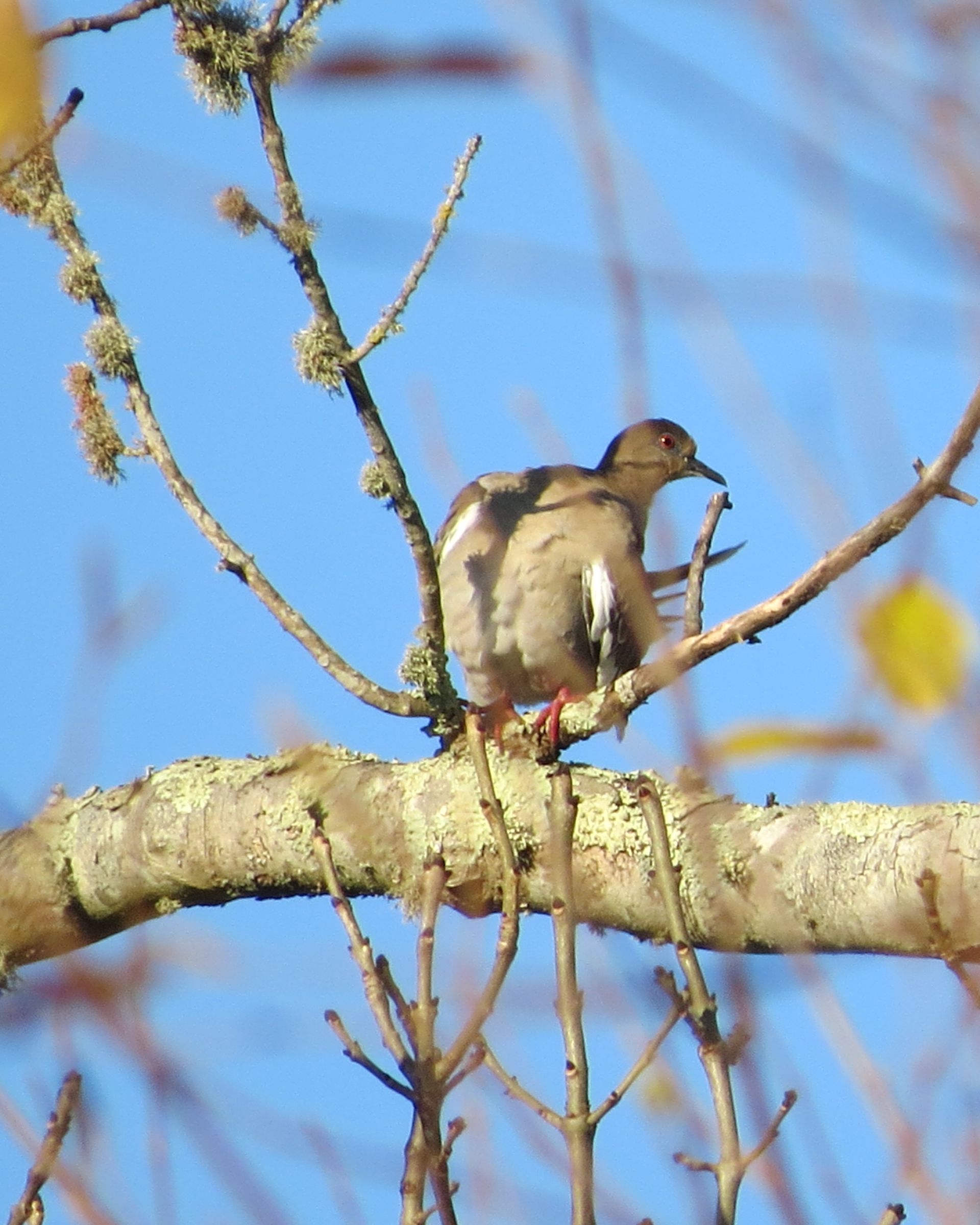By Jascin N. Leonardo Finger
•
December 9, 2025
Another re-blog. I came across this recently while looking through my computer files. I want to re-blog it in memory of Jean Hughes, an incredibly gifted islander, who was directly influential in the lives of so many island children and those in need. She was the Coffin School Trustee’s President for many years and I had the honor to serve as a trustee under her. She passed away in the summer of 2025. Jeanie loaned me this from her family collections as she thought I would enjoy it. She knew me better than I thought she did. With love. 1830s Chinese silk to be exact. It literally floated into my lap as I sat reading a letter. A letter from a young Nantucket girl to her grandparents. A young girl who just several years before had moved from tiny Nantucket Island to San Francisco with her mother to join her father. He had moved for better work and a better life. Nantucket was in an economic decline. Reading this treasure trove of letters – loaned to me by a friend who is a descendant of these people I mention – was like spying on them. Now, when I read Mitchell family letters and writing it is slightly different for me. Having worked in the Mitchell House for so long, I feel like they are a part of my family. This batch of letters was different however. I felt like they know I read their letters – as if they were looking over my shoulder or sitting on the other side of the room aghast. I felt like they thought no one ever would – or at the very least an outsider – read this correspondence. The worse letter one was the son writing to his mother upon receipt of her letter telling him of his father’s death. That was hard. Made harder because he thought his father was fine – he was as of the last letter a month or two before. Made harder as I lost my own Father a little over a year ago. I knew how he felt – but cannot imagine receiving a letter that is about a month old telling one of such horrible news. He had not seen his father in several years. I could speak to my Father, visited him monthly, and was there with him. That was not an easy letter to read. The silk fabric piece is quite beautiful – and still pristine – as if it was just folded into the letter yesterday. She wanted to share with her grandparents the dress that her cousin had brought to her directly from Hong Kong. A cousin, who was likely pregnant – or “sick” as was written but it was obvious what “sick” meant (yes, pregnancy was looked at as an illness in a way – and there were high rates of infant and mother mortality during and immediately following birth). The cousin had travelled back and forth to Hong Kong on the China Trade with her husband it seems but due to the pregnancy had to be put off with family or others until the baby was born. This was a common practice for the wives of whale captains who might go to sea with their husbands. They were put off with other whaling families or missionaries in far off ports so that they could have their baby where others could help. Sometimes they were put off months in advance. And, did you know that Nantucket whale wives were the FIRST to go to sea with their captains husbands? They set the trend – after all, we were the whaling capital of the world. At least, until we lost that title for multiple reasons. I digress. The other piece that leads one to realize that money was to be had – at least for the cousin – is that she didn’t bring fabric – she brought the dress already made in Hong Kong. Yes, it would have been less costly there than in the United States but it shows there was extra money for spending. And, there was enough excess fabric inside the dress for this young girl to cut off a piece of it and send it to her grandparents. Making them feel as if they were a part of her daily life – and making her feel that way too. So far from home. On the other side of the continent with Nantucket Sound in the midst, to boot. JNLF





